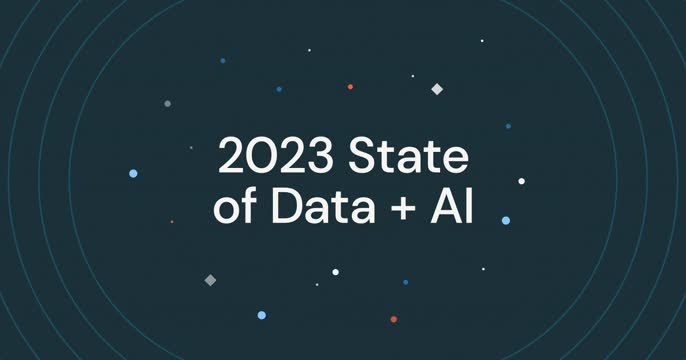
Natural Language Processing (NLP) and Large Language Models (LLM) are in high demand ...
Data science and machine learning (DS/ML) integration has become a key component for businesses in a variety of industries in today's changing business environment. This deliberate adoption is an attempt to improve client experiences, boost predictability, and accelerate growth rather than just following a trend. A cultural change has been further inspired by the recent advances in large language models (LLMs), which have forced businesses to reevaluate their AI strategy in light of their own data ambitions.
Many fascinating questions arise as we traverse the constantly changing DS/ML landscape, challenging us to learn more about the dynamics of the market:
Applications for DS/ML are becoming more diverse.
The question of what particular applications businesses are investing in naturally arises as they become more aware of the potential of DS/ML. By peeling back the layers, we hope to reveal the multiple applications that drive firms' DS/ML portfolios and analyze their complex preferences and strategic orientations. Big language models (LLMs) are gaining a lot of attention lately, which has led us to investigate the compelling statistics about their acceptance and use.
Below is the complete picture of DS/ML application:
Machine Learning Model Operationalization (MLOps) Advancement:
For businesses looking to get a measurable return on their DS/ML investments, operationalizing machine learning models is not just a theoretical idea but also a practical requirement. It begs the question: How far along have businesses come in the field of MLOps? We will examine the methods and results that businesses are attaining in the real-world use and optimization of their machine learning models as we delve into the operational details.
• Between the end of November 2022 and the beginning of May 2023, the number of businesses utilizing SaaS LLM APIs (used to access services like ChatGPT) increased by 1310%.
• The most widely used Python data science package is natural language processing (NLP), which makes up 49% of daily usage.
• Businesses are boosting their ML experiments (54% YoY growth) and putting significantly more models into production (411% YoY growth).
• Businesses are using machine learning (ML) more effectively; of the three experimental models, about one gets implemented into production, up from five the year before.
With an incredible 206% Year-over-Year (YoY) increase in client base, dbt is the fastest-growing product in the data and AI industry. In another way, more businesses are choosing to employ DBT for their data and AI needs, as it is becoming more and more popular at a very rapid rate. Approximately one of the experimental models is taken into production instead of five the year before.
Data integration is growing at the fastest rate among the many segments of the data and AI market. More specifically, data integration has grown by an astounding 117% YoY on the Databricks Lakehouse platform. This indicates that more businesses are realizing how important it is to integrate disparate data sources in an easy-to-use manner, and they are doing it by using products like Databricks Lakehouse.
We combined the use of specialist Python libraries, such as NLTK, Transformers, and FuzzyWuzzy, into well-known data science use cases in order to understand how companies are using AI and ML within the Lakehouse. Since Python has been one of the most popular programming languages in recent years and is at the forefront of new advancements in machine learning, advanced analytics, and artificial intelligence, we examine data from these libraries.
The quickly expanding discipline of natural language processing (NLP) helps companies benefit from unstructured textual data. LLMs are included in this category as well. We anticipate that NLP will become even more popular in the upcoming years as it is used for use cases such as chatbots, research support, fraud detection, content creation, and more, especially with the improvements that have been introduced in recent months.
Simulations and optimization are second in popularity among DS/ML applications, making up 30% of all use cases. This indicates that businesses are leveraging data to model prototypes and find economical solutions to issues.
Let's see how fast data is growing in the market:
Conclusion:
The evolution of the current data and AI stack is visible in the dynamic landscape of advanced ML and AI applications as businesses adopt more complex technologies, led by the explosive rise of data integration tools like dbt. The remarkable growth of Large Language Models (LLMs) and Natural Language Processing (NLP) in dataset predicts an imminent revolution in both fields. It's obvious: businesses that fully utilize DS/ML will be in a prime position to drive the next wave of data-driven innovation. Aware of the revolutionary opportunities that lie ahead, those skilled in utilizing these state-of-the-art instruments will not only adjust but also mold the story of a data-driven future, emerging as the leaders of the next wave of technological advancements.